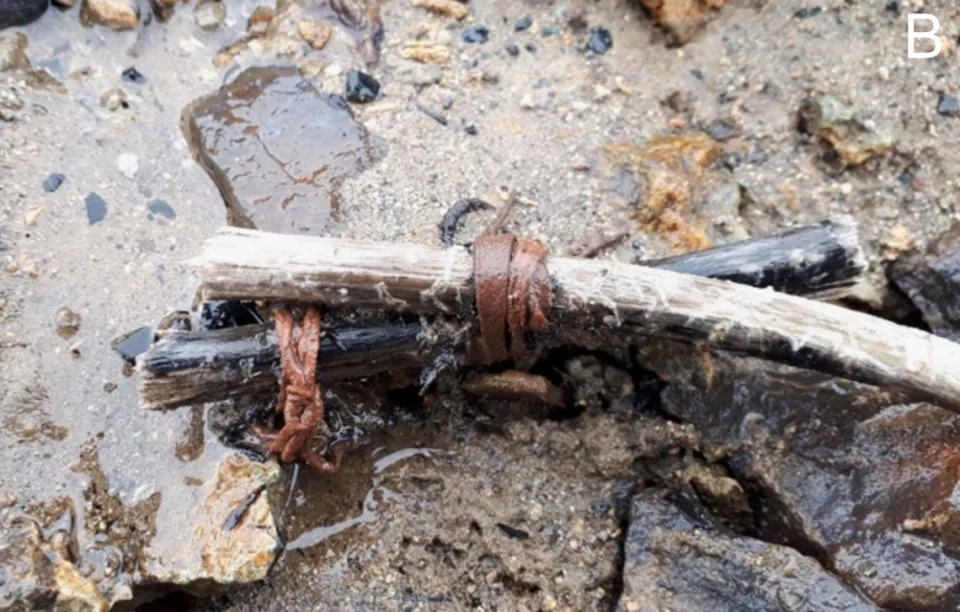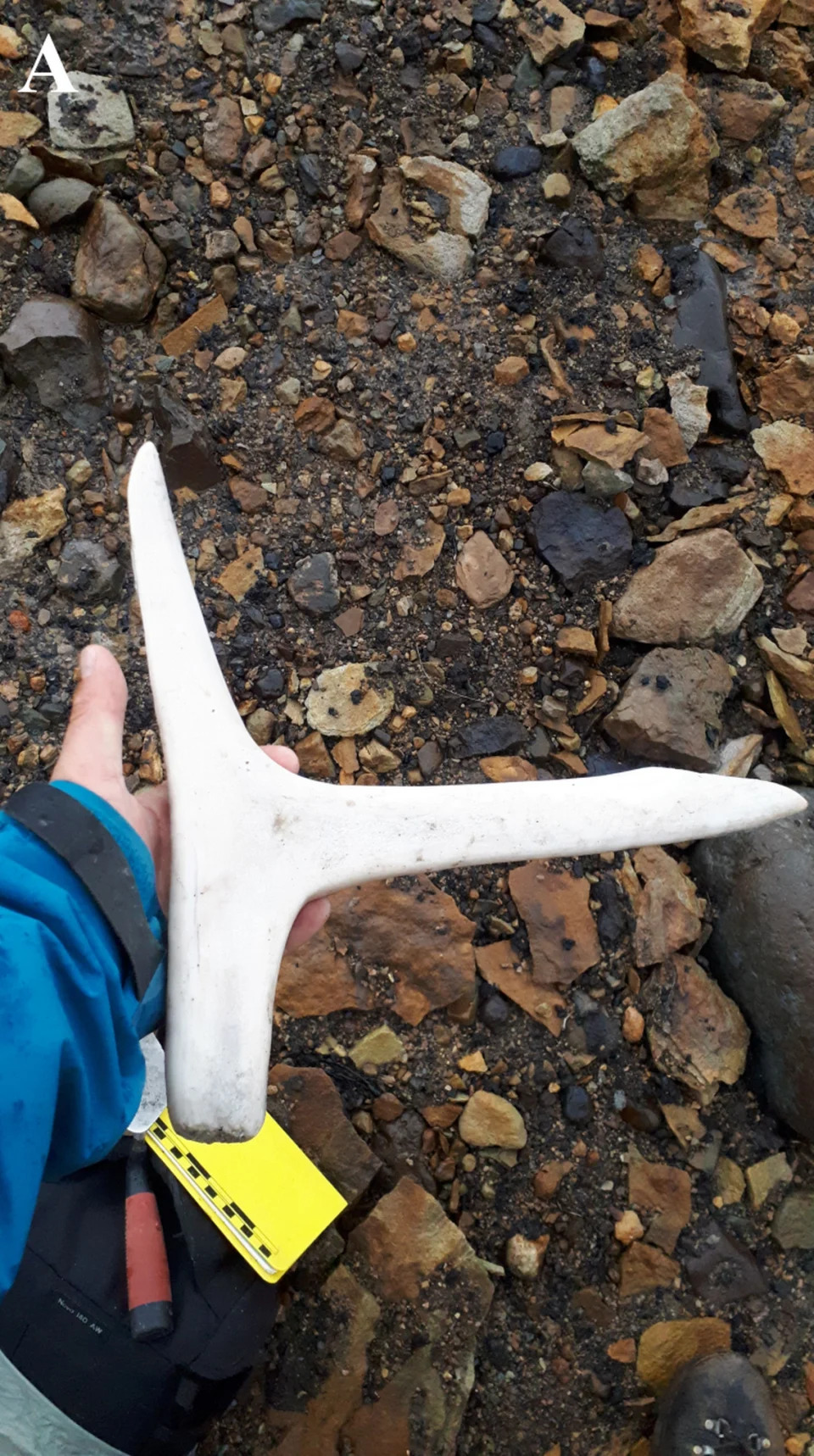In West Bank, Palestinian farmers face settler attacks in war over land
Taylor LuckChristian Science Monitor
Mon, November 20, 2023
The masked men arrived at Suleiman Muleihat’s caravan home at midnight, driving olive-green all-terrain vechicles and dressed in military fatigues, with what looked like brand-new M16 rifles slung over their shoulders.
Mr. Muleihat’s family, living under Israeli military occupation on the slopes above Jericho, was used to the army. But these men did not act like the army.
They demanded his ID and attempted to storm his home.
They threatened to kill him, he says, and were only repelled by his dog, who rushed in to defend him. The masked men shot and killed his dog before driving off.
For his Bedouin clan’s village, the incident last week characterized just another night.
Across the West Bank, Palestinian communities are being threatened daily by armed and emboldened Israeli settlers with violence, torture, death, or forced displacement.
No longer knowing who is a settler, who is an Israeli soldier, or where to turn, Mr. Muleihat and other residents say one thing is clear: Since Hamas’ attack on Israel Oct. 7, and with war raging in Gaza, it has become a life-and-death struggle to remain on their land.
“They are trying to wear us down and make our lives unbearable. We can’t sleep because that is when they will come, midnight, 1 a.m., 2 a.m.,” he says, rubbing his bleary eyes after a late-night shift as village watchman. “But we are steadfast. They will have to kill us to take us off our land. If no one is watching, they will try.”
Systematic campaign
West Bank settlers have been stepping up attacks and harassment for years. But the situation has exploded in the last six weeks.
The United Nations and international organizations have expressed alarm, and demand that Israel rein in settlers have gathered steam. France has condemned the violence as a “policy of terror.” And U.S. President Joe Biden, in a Washington Post op-ed Saturday, said militant settlers “must be held accountable,” and said his administration is “prepared” to start “issuing visa bans against extremists attacking civilians in the West Bank.”
Despite pledges from Israeli Prime Minister Benjamin Netanyahu, Israel has responded only minimally. Attacks are mounting.
Coming on top of stepped up Israeli military raids across the West Bank, there is concern the attacks could provoke an outbreak of wider unrest and even a new war front.
More than revenge for Hamas’ Oct. 7 assault, the settler attacks mark the acceleration of a systematic campaign by Israel’s far-right to cantonize the West Bank and render any future Palestinian state unviable, say international organizations, Israeli nongovernmental organizations, and Western diplomats.
“For anyone who cares about a Palestinian state, these [village] populations are critical,” says Allegra Pacheco, head of the West Bank Protection Consortium (WBPC), a European Union-funded grouping of NGOs devoted to protecting West Bank communities from forcible transfer.
From Oct. 7 to Nov. 15, the U.N. Office for the Coordination of Humanitarian Affairs recorded 244 settler attacks resulting in the deaths of eight Palestinians, including one child, and 50 injuries.
In less than six weeks, settler violence displaced 1,149 people, including entire communities, compared with 1,105 people in the previous 21 months. An additional 6,000 Palestinians are at “imminent risk” of displacement, says the WBPC.
Emerging flashpoints include remote Bedouin encampments and farming villages scattered across territory that is under full Israeli military control, where the Palestinian Authority can only provide education and health services.
Bedouin communities, which move seasonally to graze their livestock, are now squarely in the crosshairs of militant settlers based in nearby illegal outposts.
In Farisiya, a remote community in the lush northern Jordan Valley, Ali Abu Hussein now keeps his 300 sheep penned, unwilling to venture out since Oct. 7.
After countless death threats and amid daily harassment, he and other shepherds in his community fear crossing the road to their adjacent lands.
“They are surrounding us and cutting us off from water and pastures. They won’t let us live or make a living,” says Mr. Abu Hussein.
To keep their flocks alive, he and other Bedouin herders are trucking in feed at $450 per ton, depleting their savings.
Blurred lines
With West Bank settlers called up as reservists since Oct. 7, Palestinians and Israeli activists say the line between settlers and soldiers is increasingly blurred. According to the Israeli NGO B’Tselem, the killer of a Palestinian harvesting olives last month was an off-duty reservist.
In half the recent settler attacks, Israeli forces accompanied or supported the attackers, according to the U.N.
The 60% of the West Bank that is under direct Israeli military control is now dotted with illegal settler outposts placed to create Palestinian-free zones that connect existing Israeli settlements and encircle Palestinian towns and villages, NGOs say.
“The outposts were strategically placed in areas to break up the Palestinian territorial continuity and disconnect Palestinian communities from each other,” says Ms. Pacheco.
The repeated targeting of certain communities “is not sporadic,” says Dror Sadot, a B’Tselem spokesperson. “They are doing what they dreamed of doing for so many years – to take more and more land.
“The settlers know no one is watching them, and all eyes are on Gaza.”
Attempts to speak with the armed settler groups were unsuccessful.
“The settlers are using the [Oct. 7] tragedy to advance their agenda; they couldn’t be happier,” says Guy Hirshfeld, an Israeli volunteer with a group that spends nights in Bedouin villages and accompanies shepherds, in the hopes that the presence of an Israeli with a camera will prevent violence. With settlers firing live rounds, activists no longer believe even they are safe.
“We are at the front lines”
Khan al-Ahmar is a ramshackle collection of tents and shacks on the eastern outskirts of Jerusalem between the settlements of Kfar Adumim and Maale Adumim. It’s populated by Bedouin from the Jahalin tribe who were pushed off their lands in 1948 and settled here under Jordanian rule.
“We are at the front lines,” Khan al-Ahmar community leader Eid Jahalin says as he points to a settler outpost a few hundred yards away.
“If we were to leave, Israel and Israeli settlers would completely encircle Jerusalem and cut the West Bank in half. All Palestinians will suffer and have their movements completely restricted,” he says.
Settler drones now fly into the village regularly, enter the schoolyard, and terrify livestock. Settler gunmen visit regularly.
The Israeli military has imposed a 5 p.m. curfew on the community, and settlers from the nearby outpost threatened to shoot youths who wander onto the main road, Mr. Jahalin says.
“Any street, any field in the West Bank can become a firing zone. We spend every waking moment looking over our shoulders,” says Khalid Allawi, who says he is being blocked by armed settlers from reaching his 124 acres of farmland adjacent to his village of Deir Jarir, deep in the West Bank.
Adding to the terror is the spike in kidnapping attempts, kidnappings, and torture of Palestinians carried out by settlers, the photographs of which are shared on social media.
With Israel seemingly unable or unwilling to stop the violence, Western embassies and Israeli human rights advocates say their material assistance and monitoring is no longer enough to prevent the displacement of unarmed Palestinians facing gun-toting settlers.
“We need security, armed guards, or police – the one thing the international community and the [Palestinian] Authority cannot provide us,” says herder Fathi Allawi.
Displaced Palestinians face “tougher future”
The uprooting of communities since Oct. 7 has had a domino effect.
“When families give in and leave, they make our lives a thousand times more difficult for the rest of us who remain,” says Mr. Muleihat in Jericho. “It convinces the settlers that their campaign is working and motivates them to increase the violence.”
The future of those who have been pushed off their lands is highly uncertain.
One year after they left their ancestral home of Ras al Tin, selling their flock of 300 sheep after settlers killed a relative, Omar Kaabneh and his family are living in makeshift shelters nearby. Last Sunday they were picking olives as farmhands.
“My daughter wanted to be a doctor; my son should be preparing for his university exams. But instead they are working with me in the fields,” he says.
As they harvest, they turn their eyes to the mountaintop home they were forced to flee. Just a mile away, it is always within sight, but out of reach.
“If you stay, your children’s lives are in danger, and if you leave, you lose a piece of your identity and your future,” Mr. Kaabneh says. “Your lives or your land. This is the choice we all face.”
Related stories






















